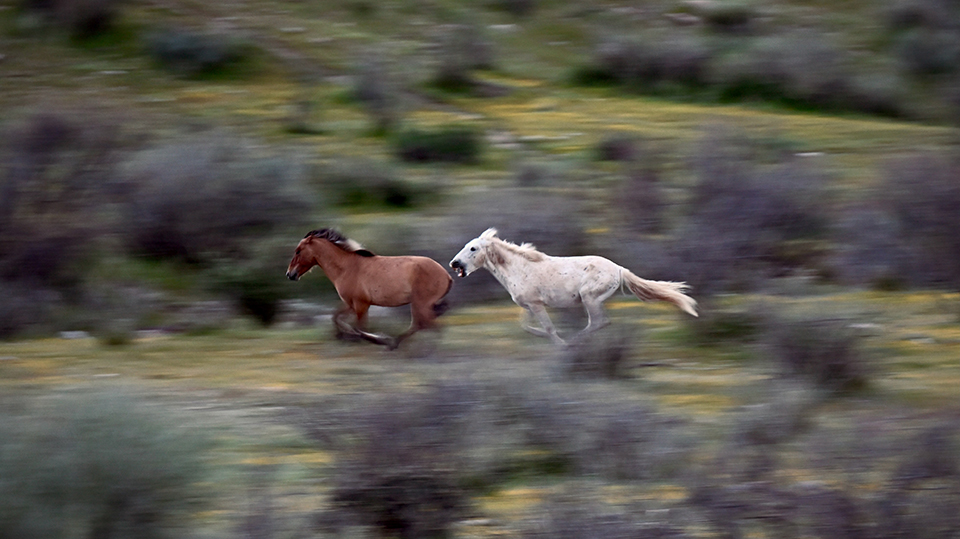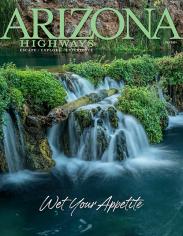2025 Adventures in Nature Student Photo Contest

2024 First Place photograph by Jessica Finnie
The Nature Conservancy in Arizona, in partnership with Arizona Highways and Arizona's Family,
presents the
12th Annual “Adventures in Nature” Student Photo Contest
Students aged 13-18 are invited to enter up to two photos that capture Arizona’s beauty and wildlife for a chance to win cash prizes. The contest is open for submissions between March 1-31, 2025, and the top 10 winners will be announced on a virtual awards ceremony on April 17th, 2025. All contestants will receive a Zoom invitation by email.
See last year’s winners here.
Prizes:
First place - $5,000
Second place - $2,500
Third place - $1,000
7 Honorable Mentions - $250 each
Please view OFFICIAL RULES before submitting entries.

GALLERY
Displaying 193 - 204 of 466Photo by Tobi Lin
This Female Hooded Oriole is a pale bright olive-yellow color and gray white wings. Hooded Orioles are members of the blackbird family. Hooded Orioles are quite known for hanging upside down while they grab their prey. Hooded Oriole are also named the “palm-leaf oriole” because they often build nests in palm trees. Another interesting fact is the Orioles often feed off of humming-bird feeders and are attracted to oranges and sugar water.
Location: Arizona Sonora Desert Museum
Photo by Andrej Ciric
As a lone raven perches upon a barren tree, overlooking the vast expanse of the Grand Canyon, the brisk wind blows his feathers. He calls out to signify that this tree is his, causing the other nearby ravens to scatter, in search of better resting spots. This raven stops and lands on a tree beside Hermit’s Rest, where numerous other people are also resting. As he gazes at the breathtaking landscape, we can only wonder what he is thinking. After all, the Navajo have many stories of ravens being intelligent, so he may see something we don’t.
Location: Grand Canyon National Park, Arizona
Photo by Andrej Ciric
After millions of years of rough flash flood waters swiftly moving through the desert rock in northern Arizona, the sandstone becomes carved out, leaving behind a natural wonder. This is Antelope Canyon, which is iconic for its orange-hued sandstone, complete with numerous bands from all of the years of erosion and flooding. During midday, the sun shines directly into the canyon, illuminating the detailed walls and casting shadows along its ridges. This photograph captures a view of the canyon looking up towards the top opening, which is obscured from view due to the narrow, twisting path of the canyon.
Location: Antelope Canyon, Arizona
Photo by Tobi Lin
The Black-bellied Whistling-Duck or other known as tree ducks is identified from its bright pink bill and is mainly located in the southern portions of the United States. Black-bellied Whistling-Duck are also known as tree ducks from their nest usually being built in trees. One fact that makes Black-bellied Whistling-Duck one of the most unique ducks is their strong pair-bond and their high-pitched whistle giving it the name Black-bellied Whistling-Duck.
Location: Arizona Sonora Desert Museum
Photo by Star Ikamba
I often wonder how nature is the way it is. In awe, I took this image wanting to display the curvy mountains and the incredible rock formations. This view shows the many types of mountains and hills, accentuating their shape and size.
Location: Duck Head Rock Mt Lemmon pulloff, looking down on Mt Lemmon Hwy going SW











